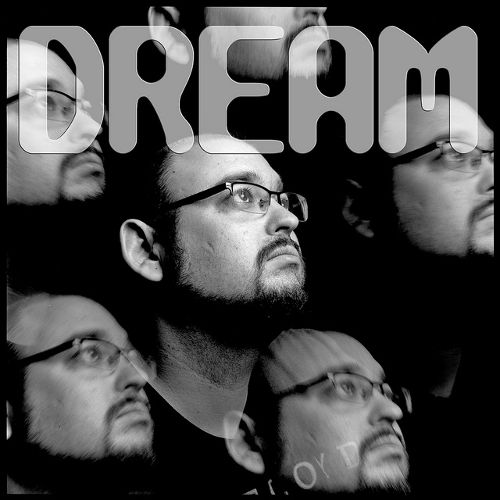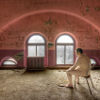LEICA DIGILUX 1 REVIEW
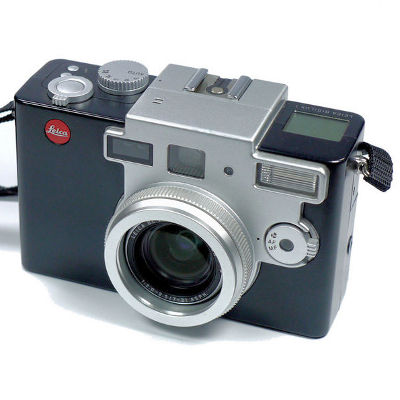
Leica Digilux 1
| Type: | Point & Shoot |
| Medium: | 4MP CCD |
| Image size: | 5.49x7.32mm |
| Lens: | 3X Zoom |
| Flash: | Integrated |
| Origin: | Germany |
| Year: | 2002 |
| Street price: | $200 |
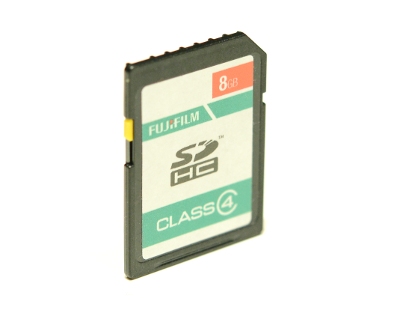
SD Card
INTRODUCTIONThe Leica Digilux 1 is a quite bulky point and shoot made in Japan by Panasonic in 2002. BEST SUITED FOR:
PERSONAL NOTESIn 2007, I wanted to do some infrared photography, but I did not want to break the bank or to convert a whole camera just for that. Instead, I wanted to have a cheaper camera that was ok for IR photography, without having the need to convert it. I looked at many documents and graphs, and I saw that the filter that is in front of the sensor of the Leica Digilux 1 is not that great, it lets a lot of infrared light go through compared to other sensor filters. So, the Leica Digilux 1 was a good prospect to do some IR photo, and I bought one. The first step was done, I had a camera with a sensor filter that lets lots of IR light go through. Next I needed to add a IR filter in front of the lens so only IR light would go to the sensor. I bought some IR filters, but I also did my own. It's quite easy to do. Just take slide film (E-6 process), either Ektachrome or Fujichrome, do not expose it and process it. That's right! Just go to your local store, buy some slide film (E-6), preferably medium format so it's bigger. You buy it, never leave the store, then put back the box of film on the counter and ask to process it. The store personnel will ask why, just explain to them what you're doing, tell them you need them to process it like it is, do not cut it, and yes, the film will be totally underexposed, well not exposed at all, but specify that you still need it. The thing is, slide film goes into projectors. Projectors have big light bulbs that generates a lot of heat. Slide film, lets the heat go through so it does not melt. When letting heat go through, it also let infrared light go through. But since it's not exposed, it's totally black, so the visible spectrum of light is blocked, hence a IR filter. After processing a 120 film, you end up with a strip of 70mm wide filter, that's about 3 feet long. Cut it like you need, fit it to the front of your lenses, and have fun. 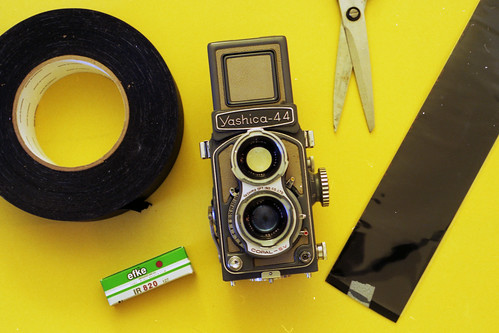 I saw that this kind of filter cuts around 750nm, and it still lets a few percent of visible light go through, so you have really faint colors like in the example below. 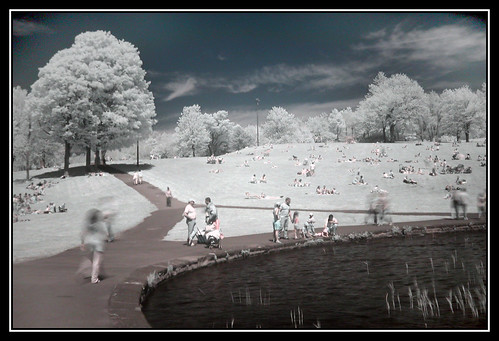 If you want to cut around 950nm, just use 2 layers of filter, so you'll have deeper skyes and darker tones, like in the example below. 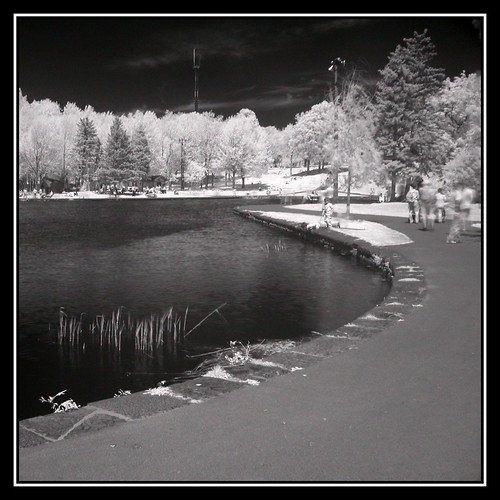 CONCLUSIONSensor filter quality has improved and price for converting digital cameras to IR has dropped. If you want to get into IR photography, you can try with an old digital camera. You can also use infrared film, but it's somewhat tricky. If you have money, just convert a digital camera and dedicate it to IR photography. PHOTO SAMPLESVERDICT:
2 FLASHBULBS    
|
CONTACT
